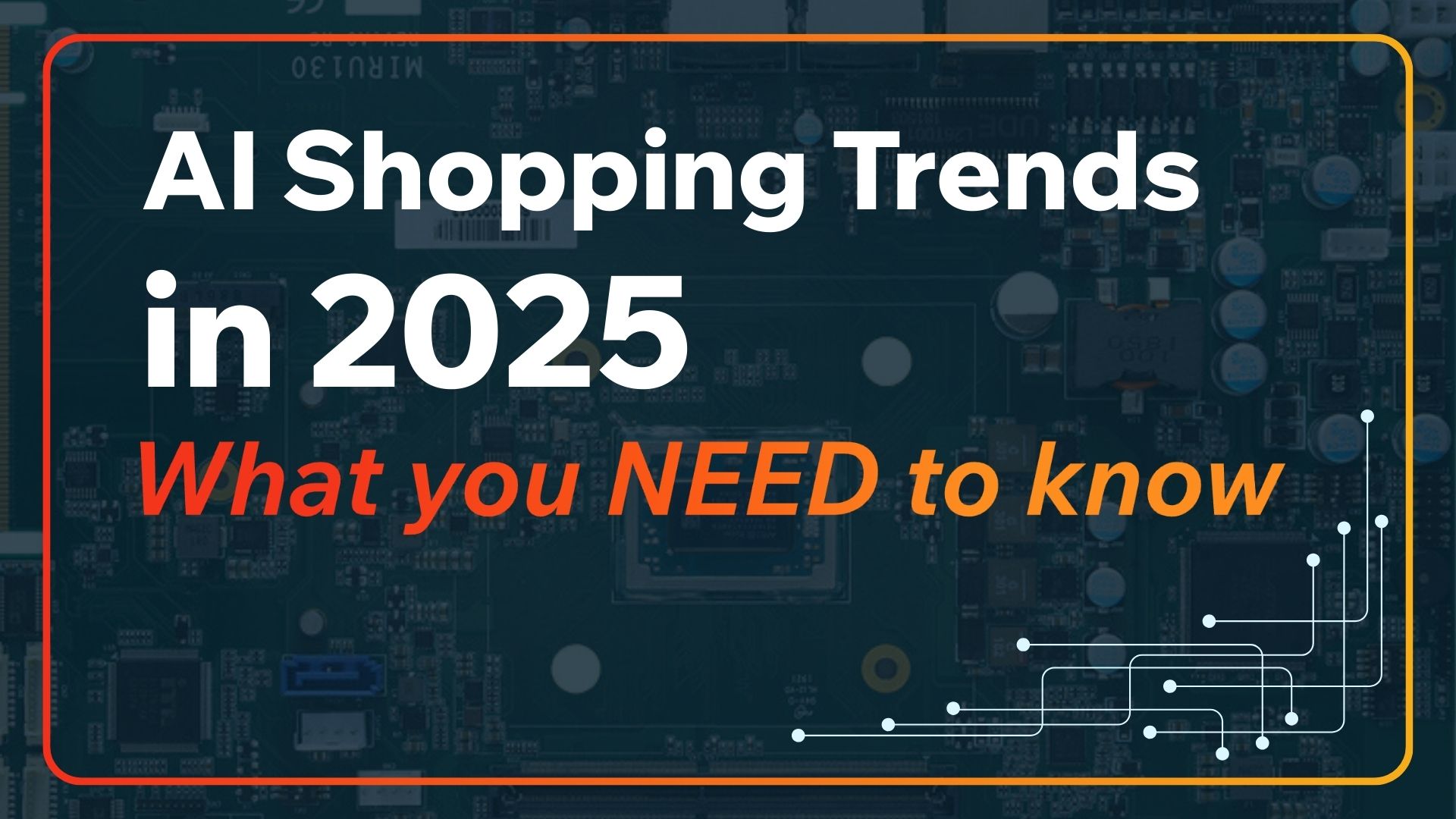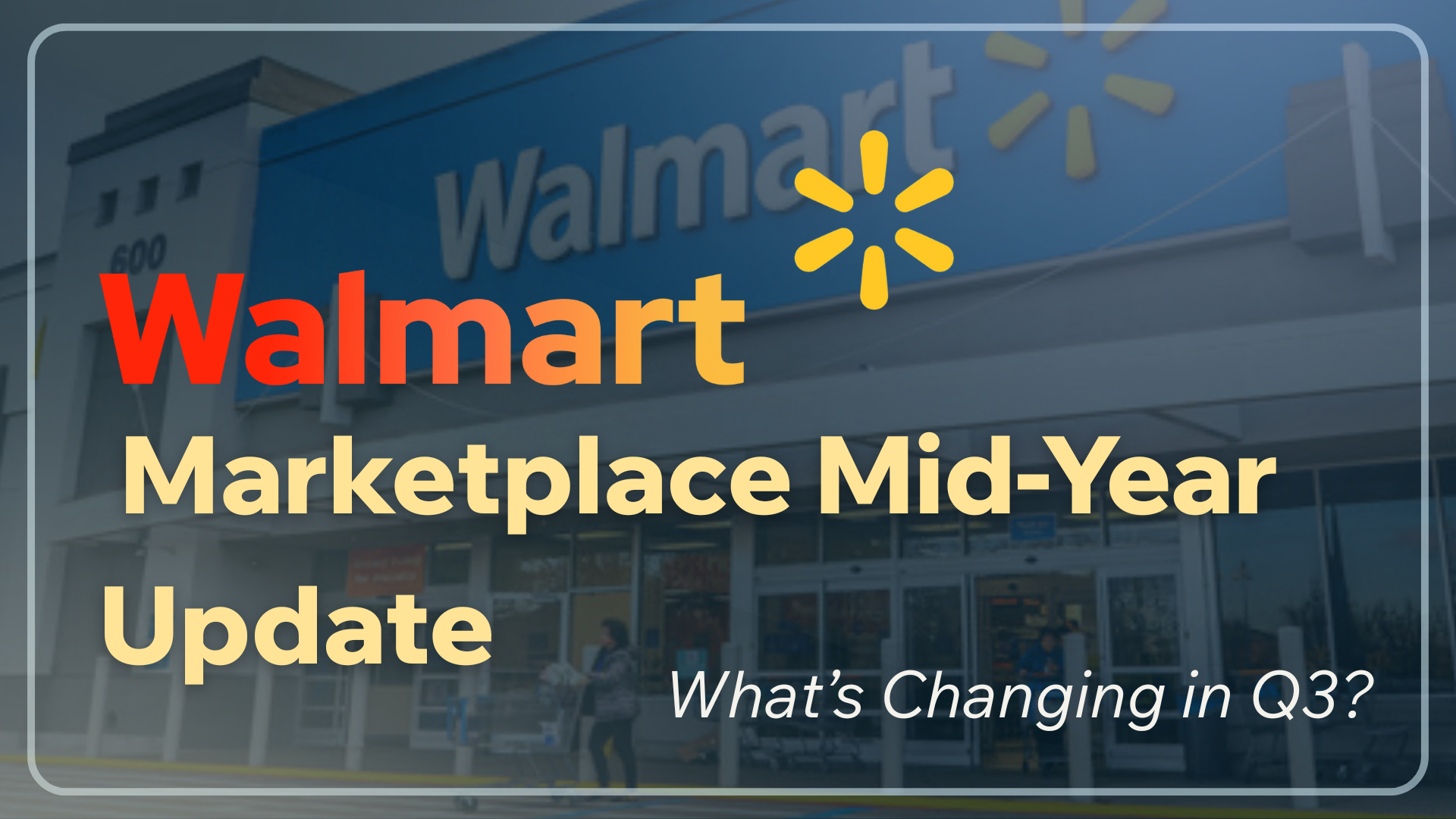If you’re selling on major ecommerce retailers this season, the headline is a nuanced one: the Black Friday sales forecast points to slower top-line growth—but a fiercer fight for every dollar. Deloitte expects U.S. holiday retail sales to grow just 2.9%–3.4%, the slowest pace since the pandemic, even as ecommerce continues to outpace brick-and-mortar. The firm projects total holiday spending at $1.61–$1.62 trillion, with in-store gains barely clearing 2%. In other words, wallets are still opening—but shoppers are choosier, timing purchases around deep promotions and waiting for the best event-day deals, especially over Cyber Week.
However, the digital side of the Black Friday sales forecast tells a different story—one of resilience and recalibration. Shoppers are still spending, but they’re doing it on their own terms: researching longer, comparing harder, and waiting for the right deal to drop. The appetite for value is strong, and Cyber Week is shaping up to capture an even bigger slice of total holiday sales. Think less impulse, more intention. It’s not about buying more—it’s about buying smarter. For brands, that means online demand isn’t fading; it’s getting sharper, faster, and more competitive, driven by algorithms, retail media, and a consumer mindset that rewards the best offer at the best moment.
Two forces are likely to make the scramble even tougher for marketplace sellers. First, AI-driven discovery: Adobe expects a surge in AI-originated traffic and deal-seeking, which can quickly concentrate demand on a handful of best-priced, best-reviewed listings. Second, retail-media pressure: as more brands crowd into Amazon and Walmart ads to harvest event demand, CPCs tend to rise and efficiency hinges on creative, feed quality, and retail readiness (availability, badges, fast-ship). Together, these dynamics suggest a Black Friday sales forecast where “good enough” merchandising gets invisible fast.
Front-load inventory into fast-ship warehouses to earn quick-delivery badges—faster shipping drives higher conversion. On event days, stack your plays: limited-time coupons, list-price drops, retail media bursts, and refreshed PDPs with clear FAQs. Then, save a second wave for Cyber Monday and the post–gift card surge that follows.
Timing matters. The season keeps creeping earlier! Prime-style deal events have trained shoppers to expect July and October “practice runs,” which shape price expectations going into November. Brands that learned which SKUs convert during summer and early-fall tentpoles can now redeploy those insights into their BF sales forecast, sharpening bids and stock where the demand curve is steepest.
Finally, don’t ignore channel mix. While ecommerce grows faster than stores this season, we expect the Black Friday-to-Cyber Monday window to command an outsized share of total holiday sales. For marketplace-heavy catalogs (especially in home, tools, furniture, and seasonal décor), event pricing plus fast fulfillment can offset softer discretionary intent. Use retail media to win the first click, but let price fairness, social proof, and delivery speed close the sale, consistent with a BF sales forecast that rewards value and operational excellence over brand alone.
Bottom line: Our forecast says growth is there, but concentrated, competitive, and algorithmic. Brands that pair surgical pricing with retail-ready operations and smart media sequencing will take share even if overall spending cools. In a year of “less, but harder,” the Black Friday sales forecast favors the best-prepared.
At Rebelution e-Commerce, we help brands cut through the noise of peak-season chaos. From content optimization to listing strategy and fulfillment readiness, our team helps you capitalize on high-intent traffic when it matters most. If you’re ready to turn seasonal challenges into a profitable roadmap, join the Rebelution and let’s make this your most efficient quarter yet.

Meghan is a digital marketing specialist and analyst at Rebelution eCommerce, focusing on internal strategies. With a strong background in market analysis and initiative development, she enhances internal communications and ensures marketing efforts align with business goals. Her strategic approach improves the efficiency and impact of Rebelution’s marketing operations.



The biggest Amazon vendor Q4 mistakes aren’t what you think. Learn the hidden operational, financial, and data traps that quietly destroy holiday margins.


Learn how Amazon, Walmart, and Wayfair empower small business ecommerce brands with tools, reach, and growth opportunities.


Discover the top AI shopping trends transforming consumer behavior in 2025 — from AI agents to visual search. Learn what brands on Amazon, Walmart, and Wayfair must do to stay ahead.


Explore how Evolution Outdoor, in partnership with Rebelution, achieved a remarkable 65% increase in year-over-year sales...

.jpg)
Explore how Evolution Outdoor, in partnership with Rebelution, achieved a remarkable 65% increase in year-over-year sales...


Explore how Evolution Outdoor, in partnership with Rebelution, achieved a remarkable 65% increase in year-over-year sales...


